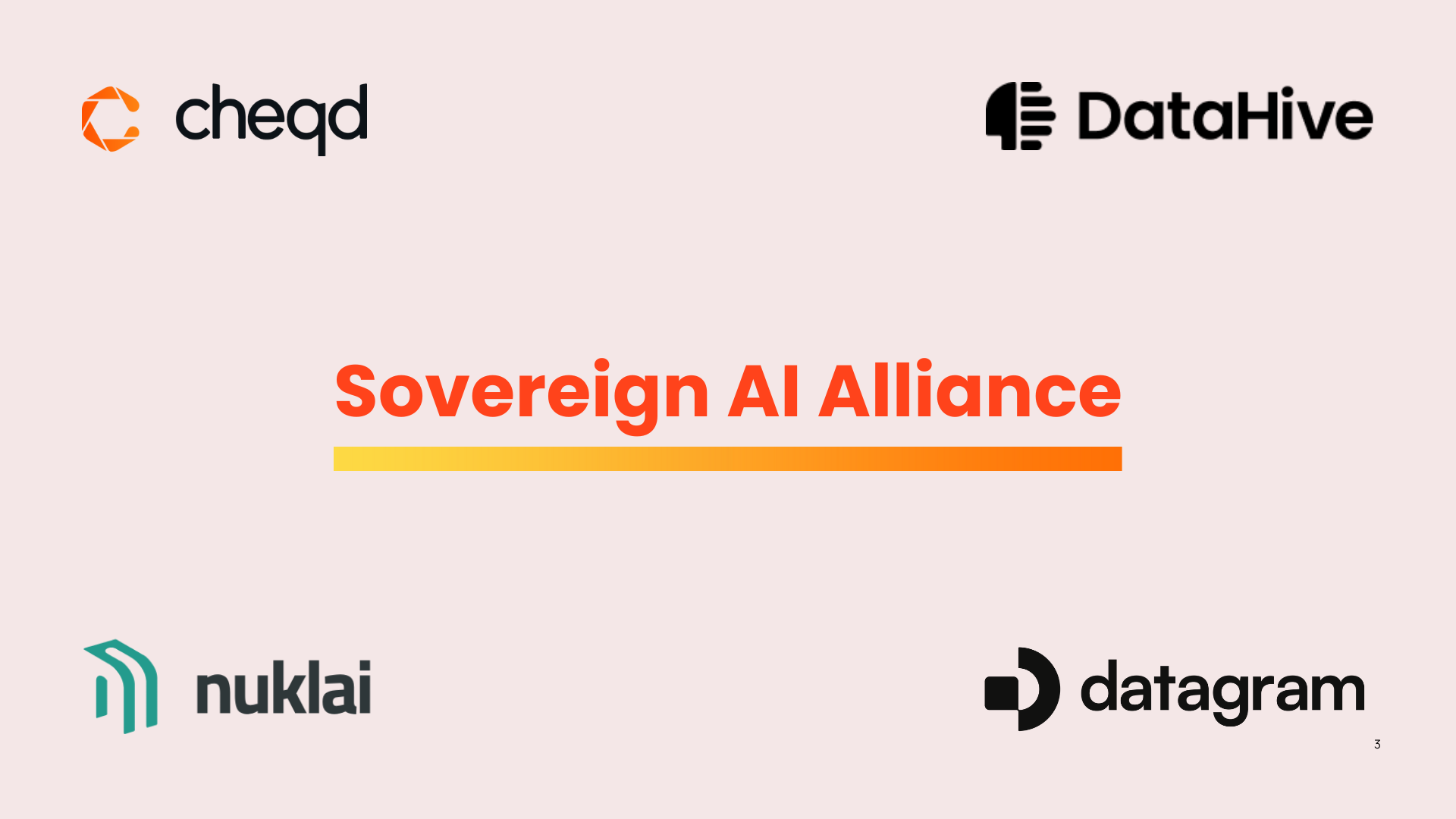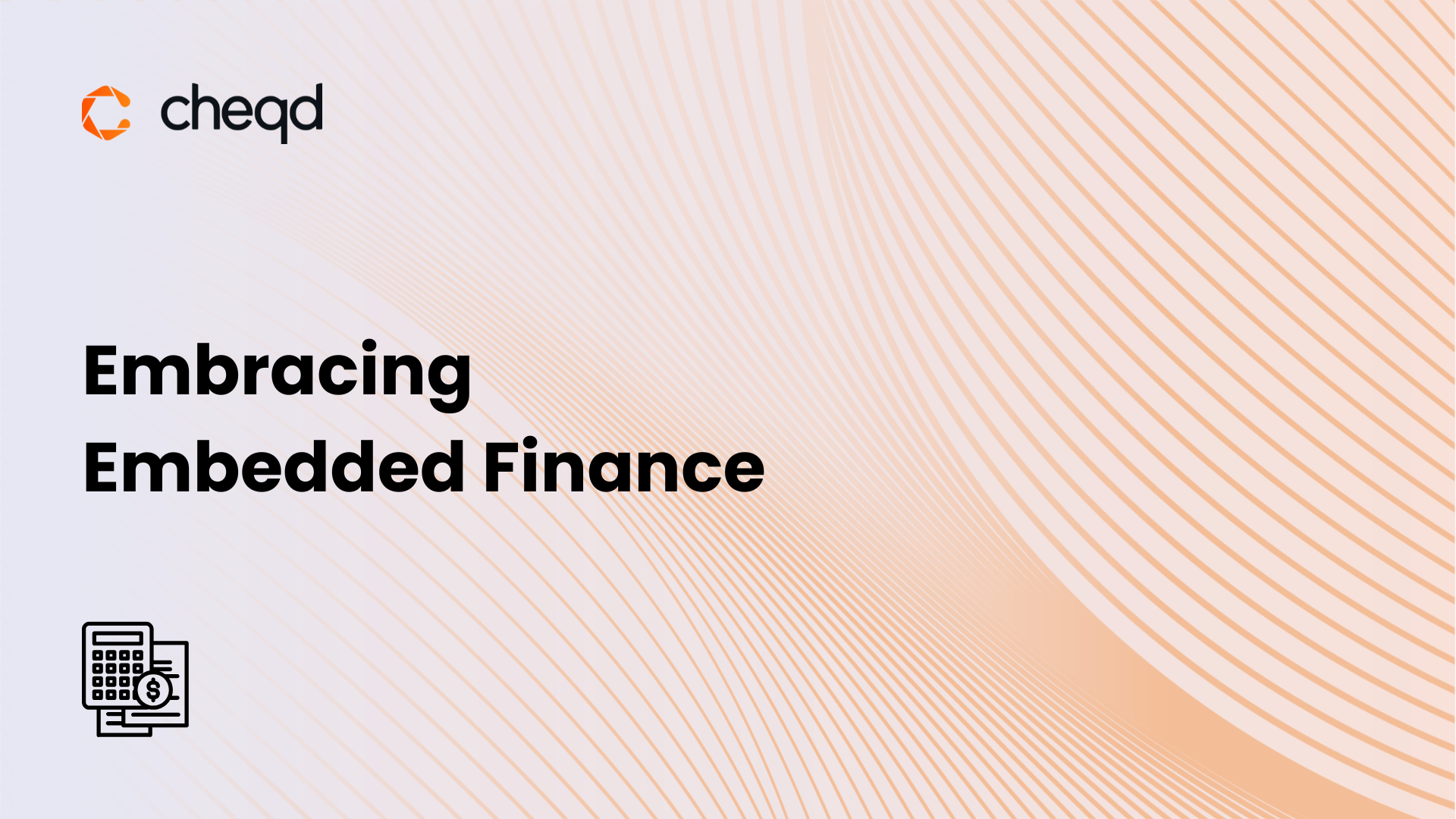Fraser has a rare skillset, blending technology and business acumen and rarer experience. He has deep consortium and self-sovereign identity knowledge through leading the Known Traveller Digital Identity project with the World Economic Forum and Dutch and Canadian governments amongst the stakeholders and separately, blockchain payments expertise through architecting cross-blockchain payments on the Jasper-Ubin project with the Singaporean and Canadian Central banks. Fraser’s career has been a series of unique challenges, one after the other and he is thrilled to be taking on the adoption of self-sovereign identity as his next.






